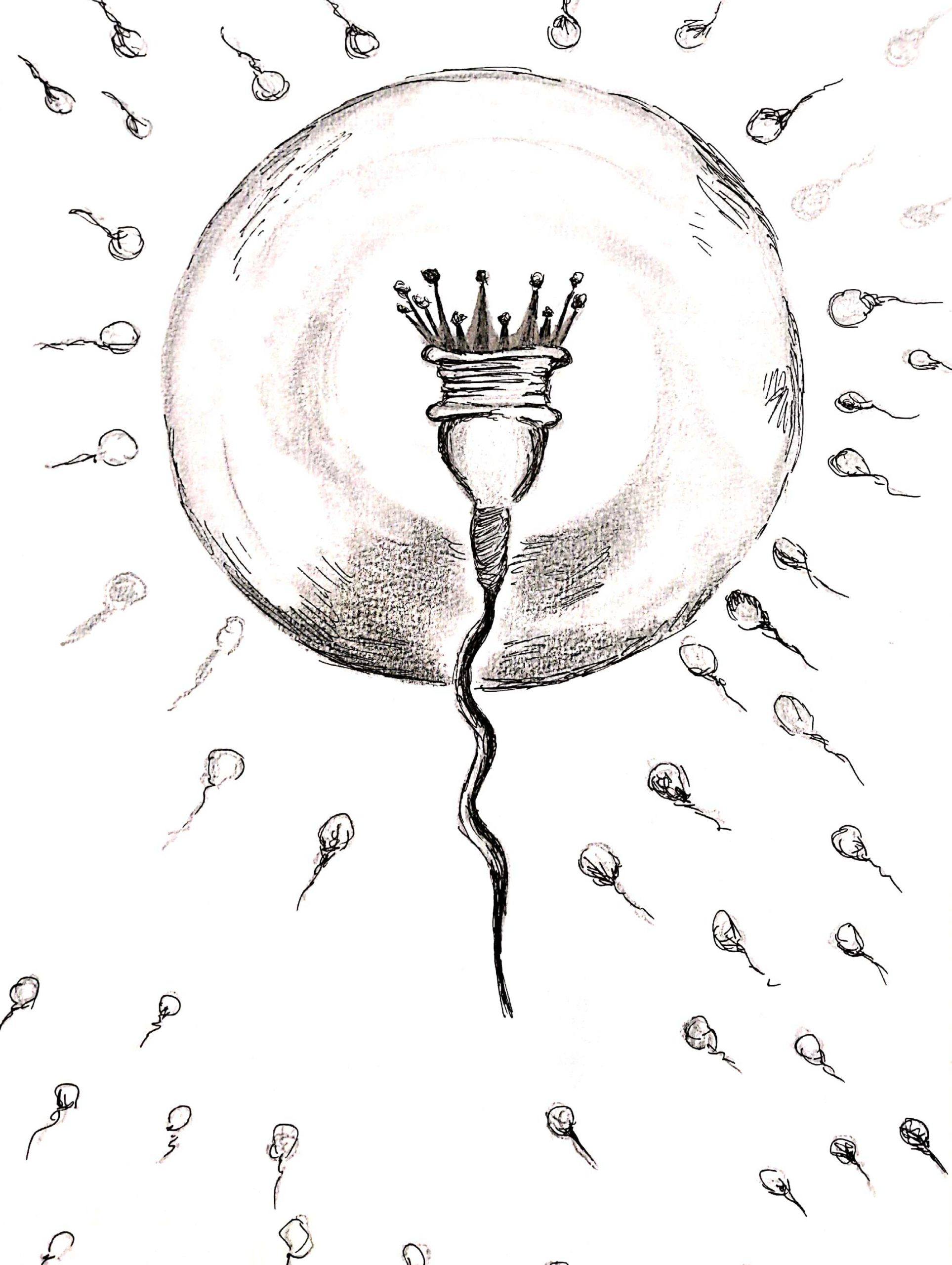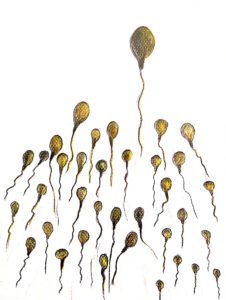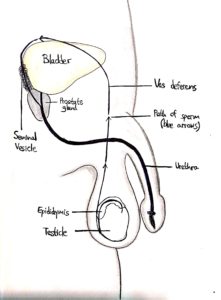Motility and Viability
Of the parameters measured in a semen analysis are normal sperm motility and the percentage of moving sperm cells.
Normal sperm motility can be evaluated based on the type of movement exhibited by the individual sperm cells. The main factor considered is progressive motility; if the sperm are able to move directly from one point to another, or rather they are going in circles or simply twitching in place. These types of abnormal movements suggest that these sperm cells will have difficulty fertilizing an egg, as it is unlikely they will be able to reach it.
The percentage of motile sperm cells should be greater than or equal to 50% of the specimen. Asthenozoospermia is the term used to describe the condition of reduced sperm motility.
However, while individual sperm movement is an indication that the cell is alive, lack of movement does not necessarily indicate that a sperm cell is dead.
Viability testing is used when the percentage of sperm motility falls below normal and is a way of determining whether the unmoving sperm cells are alive or dead. A living sperm cell that lacks movement may indeed indicate problematic mechanisms of movement but not necessarily cell death. Viability testing is therefore used to determine a more accurate percentage of live sperm.
When a sperm cell dies, its membrane breaks down and deteriorates to present in a porous condition. Viability testing takes advantage of this feature by using dyes that can only successfully stain the sperm cell if its membrane has become damaged whereas the membrane of a living cell would have repelled any such absorption of dyes. The stained sample can then be counted in order to distinguish between the two and create a more accurate picture of overall sperm viability.
Another, less common, technique used to evaluate viability is the hypo-osmotic swelling (HOS) test. The HOS test focuses specifically on the sperm’s tail, to test it for damage. A living sperm cell is capable of intaking water. In this test, sperm is isolated to an environment where the cells, are forced to overly absorb water–creating swelling. Live sperm, therefore, will have swollen tails, while dead sperm will not.
Necrospermia
While WHO standards dictate that the percentage of vital sperm cells must be greater than or equal to 58%, and (AH: Is this the same WHO standard quoted above? TS: no, the WHO standard for living sperm is over 58 % as of their most recent edition. I have edited both numbers accordingly.) lower results may signal other significant sperm defects. Necrospermia is a condition where less than 20% of cells are found to be alive.
Solution
Even if viability numbers are low, one can still undergo IVF treatment through the ICSI process. ICSI is a method where a single sperm cell is selected and used to fertilize the egg. Hence, even if the overall percentages of live sperm and movement are low, one unique living moving cell can be sufficient and is then selected for fertilization.
Booster Methods
Pentoxifylline – Pentoxifylline(PF) – a drug normally prescribed for muscle pain – has also proven to increase sperm motility. Exposure of unmoving but live sperm cells to PF under laboratory conditions, will boost the sleepy cells, sometimes even into a frenzy, ) and they begin to move. This technique is also commonly practiced to boost biopsy-derived sperm cells where only immotile sperm were found.
Laser light – Another method practiced in the laboratory to both identify and boost non-motile sperm cells is through the use of laser light. A quick laser pulse can successfully stimulate sperm motility, without causing any DNA modification, mutation or damage, and any other known side effects.




